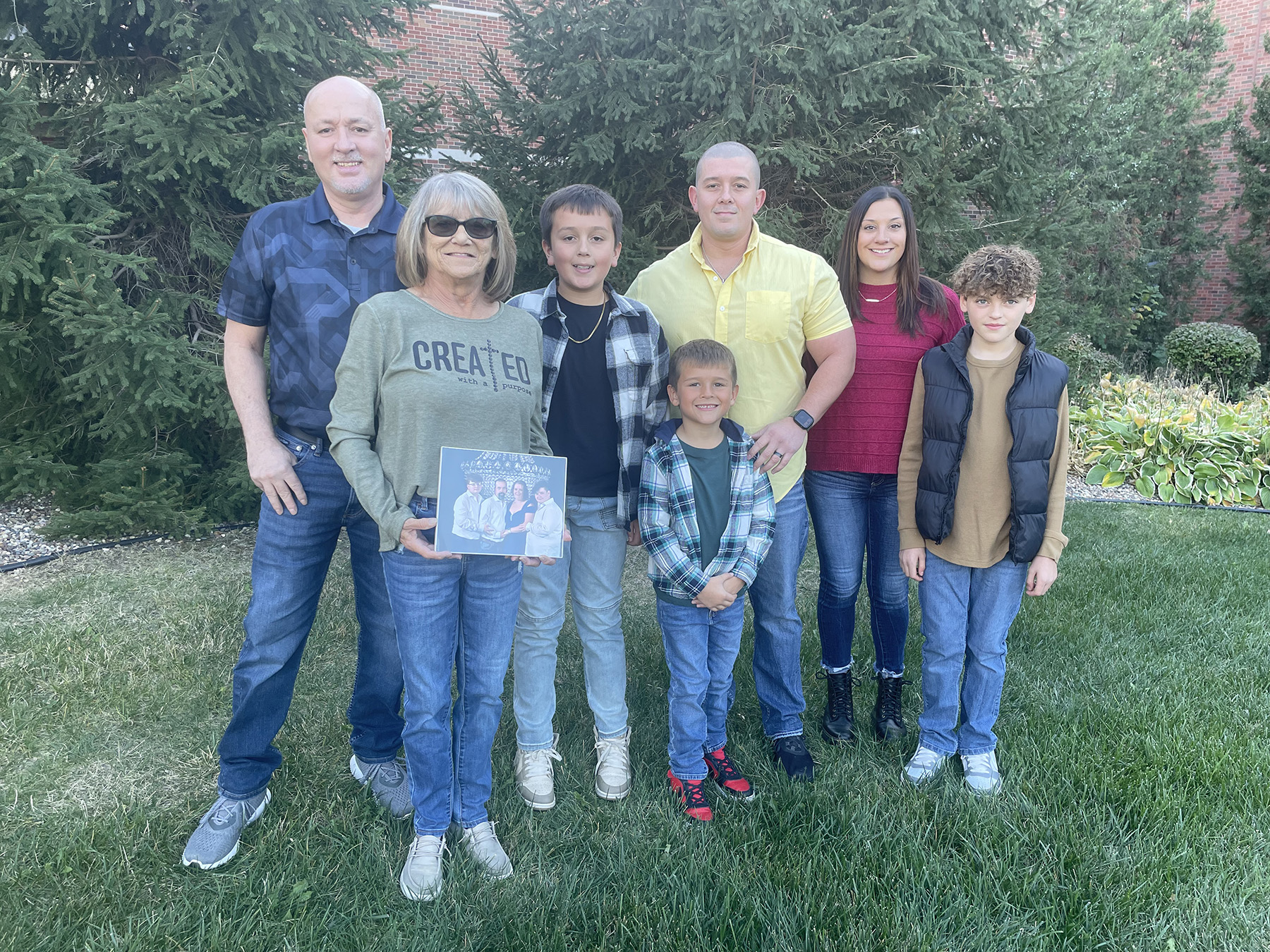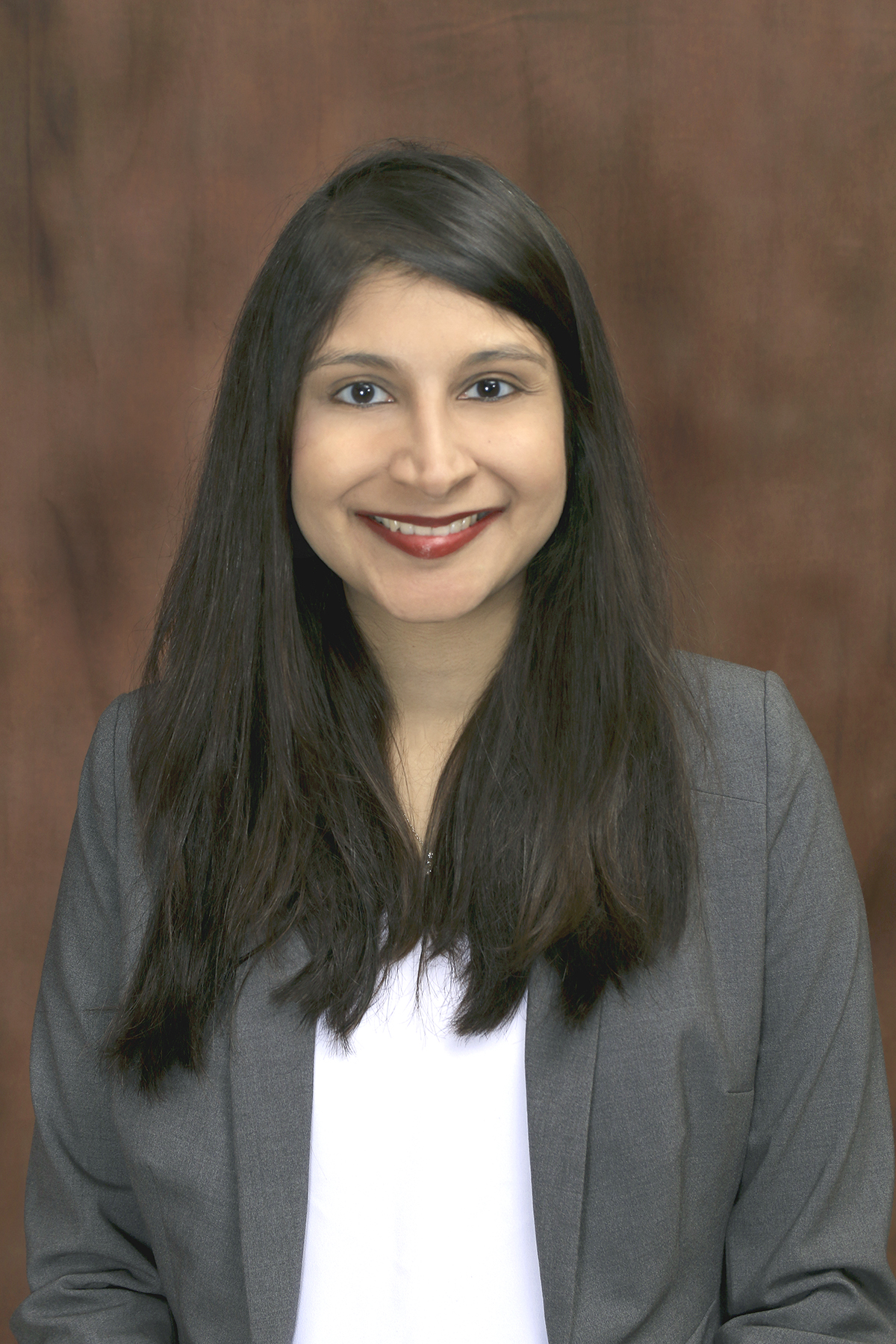
It would be easy to say Robin Boernson should have known better. Her mother and five aunts were smokers and each died of lung cancer, her mother at age 54.
But saying she should have known better ignores the fact that Robin is human and humans make mistakes. It also does not consider the fact that medical science knows so much more now about the deadly effects of tobacco than was known 50 years ago.
“I was a smoker from the time I was 13 years old until I had a heart attack in 2016,” said the 61-year-old Quincy native. “I quit at that time and have not had a cigarette since.”
Seven years after her last cigarette, Robin began experiencing lung infections and related breathing problems. Her primary care provider, Sonia Behrens, APRN-FNP, Blessing Employer Clinic, referred her to Blessing Health board certified and fellowship trained pulmonologist Umama Adil, MD.
Robin was diagnosed with Chronic Obstructive Pulmonary Disease – COPD – a lung disease that makes breathing difficult. A nodule in the lower lobe of her right lung was also found. The nodule was too small at the time of its discovery to biopsy for examination. Dr. Adil kept a close watch on Robin and performed a follow-up CT imaging scan a year later. At that time, the nodule had grown to one centimeter, the size of a pea, and was large enough to be biopsied.
How is something inside the lung biopsied?
Patients undergoing a lung biopsy for possible cancer at Blessing Hospital have the procedure done with the latest technology, the Ion robotic-assisted bronchoscopy system. Blessing is the only hospital in the region offering Ion, made by the same company that developed the renowned da Vinci robotic surgery system.
An Ion biopsy begins with creation of a 3D map of the patient’s lungs through a CT scan. Using the 3D map, the Ion software generates the safest and most efficient route through the lung to the nodule or mass. No matter where the nodule or mass, even deep within the lung as Robin’s nodule is - the Ion makes reaching it easier than ever before by use of an ultra-thin catheter that can reach all 18 segments of the lung and move 180 degrees in all directions.
“In addition to providing greater reach into the lung, the Ion system provides greater stability during the biopsy process than any other alternative available today, and allows us to know exactly where the catheter is in the patient’s lungs at all times,” said Dr. Adil.
The biopsy revealed Robin had early stage lung cancer.
 |  |
| Mark Khil, MD | Umama Adil, MD |
“Pretty scary,” Robin said of her lung cancer diagnosis. She is also a uterine cancer survivor. “Already having experience with what needs to be done when you have cancer, it was very emotional. But I have always been a positive person. And Dr. Adil sat down with me and flat out told me, ‘This is so small, we are going to beat this. She had no doubt in her mind.”
The numbers support Dr. Adil’s confidence. When lung cancer is diagnosed in the earliest stages of the disease, the average 5-year survival rate is 92%. Lung cancer is the second leading cancer diagnosed and treated at Blessing Hospital and Blessing Health Hannibal, with 170 cases in 2023, the last year for which figures are available.
“Dr. Adil is top-notch. She saved my life. I give her all the credit,” Robin said.
In addition to Dr. Adil, several other members of the Blessing Hospital Medical Staff are skilled in the use of the Ion system, including board certified and fellowship trained Blessing pulmonologist, Nanjappa Somanna, MD.
Robin’s treatment
As a result of review of Robin’s case at the weekly Blessing Cancer Conference, Dr. Adil referred her to board certified and fellowship trained radiation oncologist Mark Khil, MD. Dr. Khil is medical director of Blessing’s radiation oncology service. He and Robin decided on a course of five stereotactic radiosurgery treatments.
The treatment delivers high doses of radiation very precisely in short bursts over a period of a few days.
“Traditional surgery would be difficult if not impossible for Robin due to the damage done to her lungs by COPD and the small size of the nodule,” said Dr. Khil. “Stereotactic radiosurgery is non-invasive and a very comparable and effective alternative to traditional surgery for early stage lung cancer.”
Blessing’s radiation oncology department is the only one in the region accredited by the American College of Radiation Oncology (ACRO). Accreditation is a voluntary process through which professional peers identify standards of a quality radiation oncology practice, and conduct an audit to assure that the standards are followed by treatment centers applying for accreditation.
Blessing undergoes the reaccreditation process every three years and has held accreditation continuously since 2001.
Robin’s future
Robin completed her stereotactic treatments and will soon undergo a CT imaging scan to determine the treatments’ effectiveness.
“I feel good,” she said. “I have put on weight and I feel I have more energy now than I have in a long time.”
Robin works full-time and enjoys spending time with family - her husband of 41 years, two sons, six grandchildren and her sister.
“Every day to me is a blessing. If God gives me one more day, then I just live it up!”
For more information on lung cancer diagnosis and treatment at Blessing Health, go to
blessinghealth.org/treatments/lung-cancer.
In the photo standing left to right are Robin’s husband Robert, her grandson Bronson, son Ross, daughter-in-law Britney and grandson Danial. Robin is holding a picture of her family that lives in Texas; grandson Dawson, son Bobby, daughter-in-law Christina, and grandson JT.
